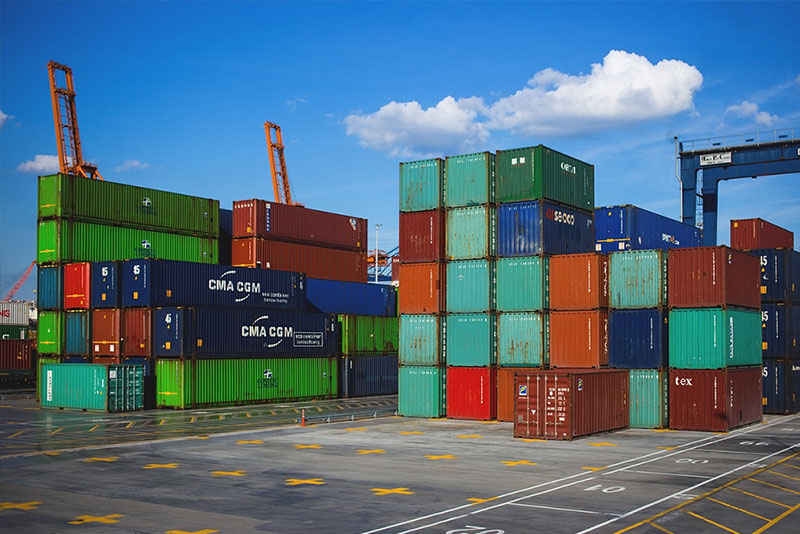In today's globalized economy, businesses involved in international trade face numerous challenges, with supply chain visibility being a critical concern. The term Cross-border supply chain visibility refers to the ability of companies to track and monitor their products and shipments as they move across international borders.

Ensuring cross-border supply chain visibility is essential for several reasons. Firstly, it allows businesses to optimize their operations by reducing lead times and minimizing disruptions. By having real-time insights into the location and status of goods, companies can proactively manage potential delays or issues that may arise at customs or during transportation.
Moreover, cross-border supply chain visibility enhances overall efficiency and customer satisfaction. When businesses can accurately predict delivery times and provide timely updates to customers, it builds trust and improves the overall customer experience.
Implementing effective cross-border supply chain visibility involves leveraging advanced technologies such as IoT (Internet of Things) devices, RFID (Radio Frequency Identification), and blockchain. These technologies enable real-time tracking of goods, ensure transparency in the supply chain, and facilitate seamless communication between all parties involved.
For example, IoT devices can provide detailed information about the condition of goods during transit, including temperature and humidity levels. This data is crucial for industries like pharmaceuticals and perishable goods where maintaining product integrity is paramount.
Furthermore, blockchain technology enhances security and transparency by creating an immutable record of transactions and movements within the supply chain. This not only reduces the risk of fraud but also improves compliance with international trade regulations.

From a strategic standpoint, companies that invest in cross-border supply chain visibility gain a competitive edge. By streamlining operations and reducing costs associated with delays or lost shipments, businesses can allocate resources more efficiently and focus on expanding their market presence.
In conclusion, achieving cross-border supply chain visibility is not merely advantageous but increasingly necessary in a global marketplace characterized by complexity and rapid change. Businesses that prioritize visibility and transparency in their supply chains are better equipped to overcome challenges and capitalize on opportunities for growth.